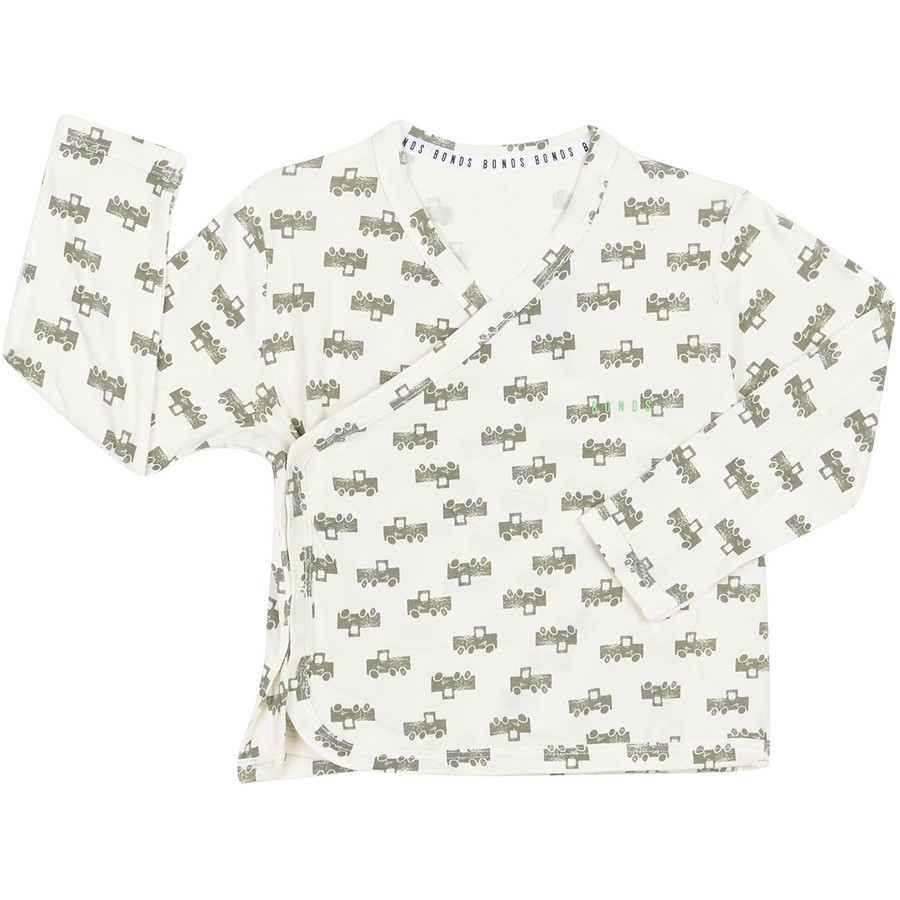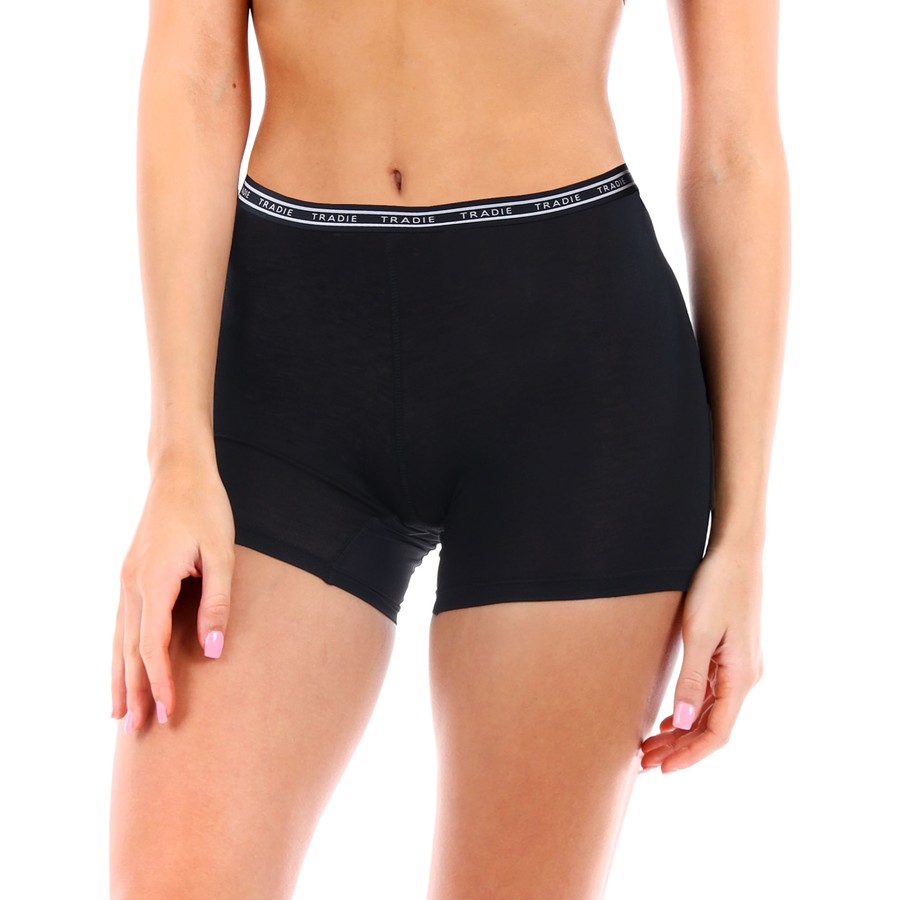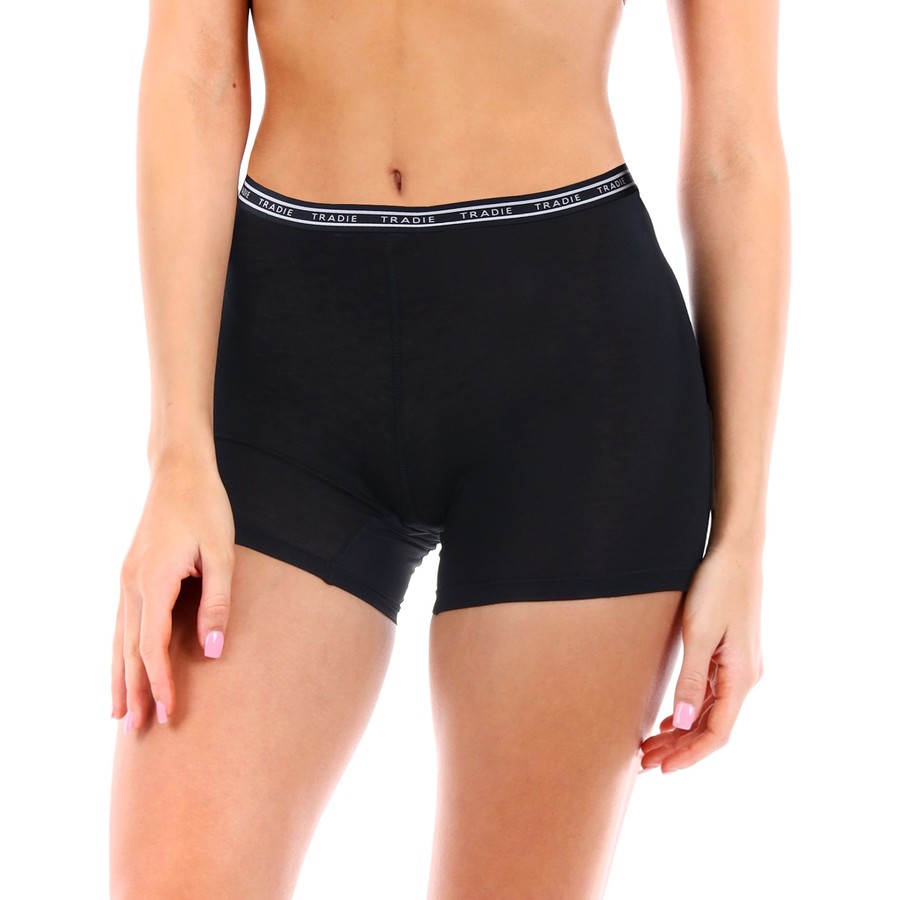
As a conscious consumer, I am always on the lookout for sustainable fashion options that align with my values.
That’s why I’m excited to share with you the role of bamboo clothing in reducing waste.
In this article, we will explore the environmental impact of the fashion industry, the benefits of bamboo as a sustainable fabric, and how choosing bamboo clothing over conventional fabrics can contribute to a circular economy.
Plus, I’ll provide some tips for incorporating bamboo clothing into your conscious wardrobe.
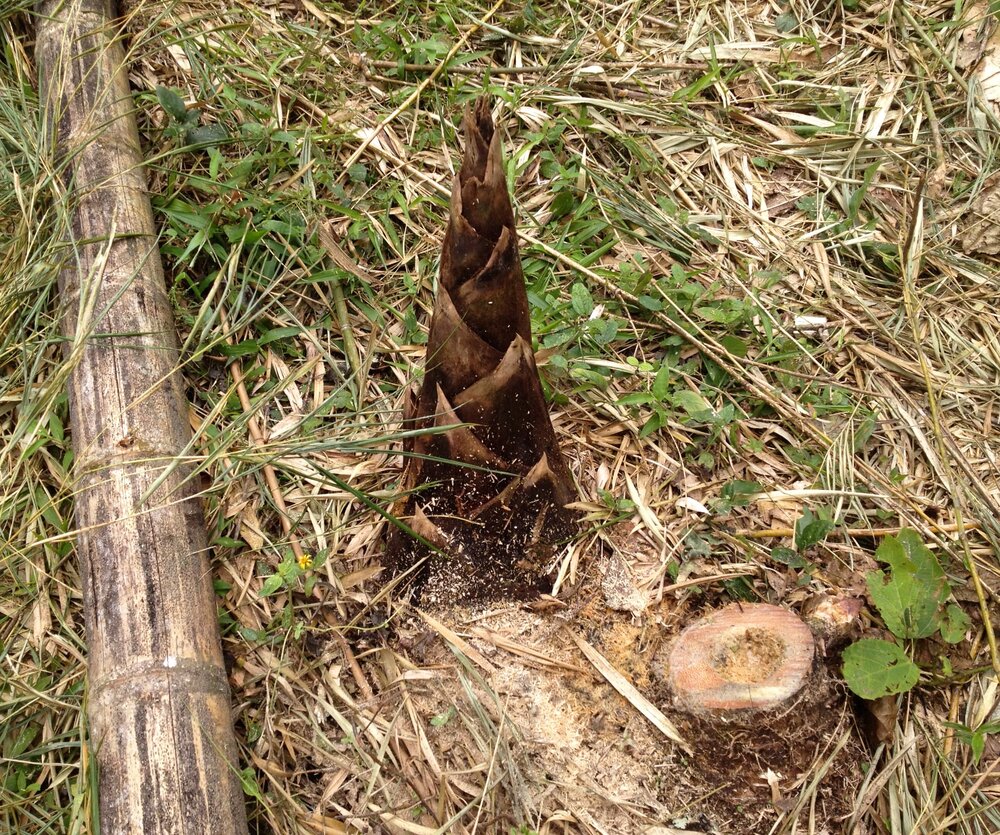
Let’s dive in!
Key Takeaways
- Fashion industry is a major contributor to global pollution and waste.
- Bamboo clothing is sustainable and eco-friendly, reducing waste in the fashion industry.
- Bamboo clothing is biodegradable, unlike synthetic fibers like polyester, and breaks down without leaving harmful pollutants.
- Choosing bamboo clothing helps to reduce environmental impact and contributes to minimizing waste in the fashion industry.
The Environmental Impact of the Fashion Industry
You might be surprised to learn about the significant environmental impact of the fashion industry. As a fashion enthusiast, I never really thought about the consequences of my shopping habits until recently.
The fashion industry is one of the largest contributors to pollution and waste globally. From the production of textiles to the disposal of clothing, every step of the fashion supply chain has a negative impact on the environment. The use of harmful chemicals, excessive water consumption, and the release of greenhouse gases are just a few examples of how the industry contributes to environmental degradation.
Additionally, the fast fashion culture promotes overconsumption and the rapid disposal of clothing, leading to overflowing landfills.
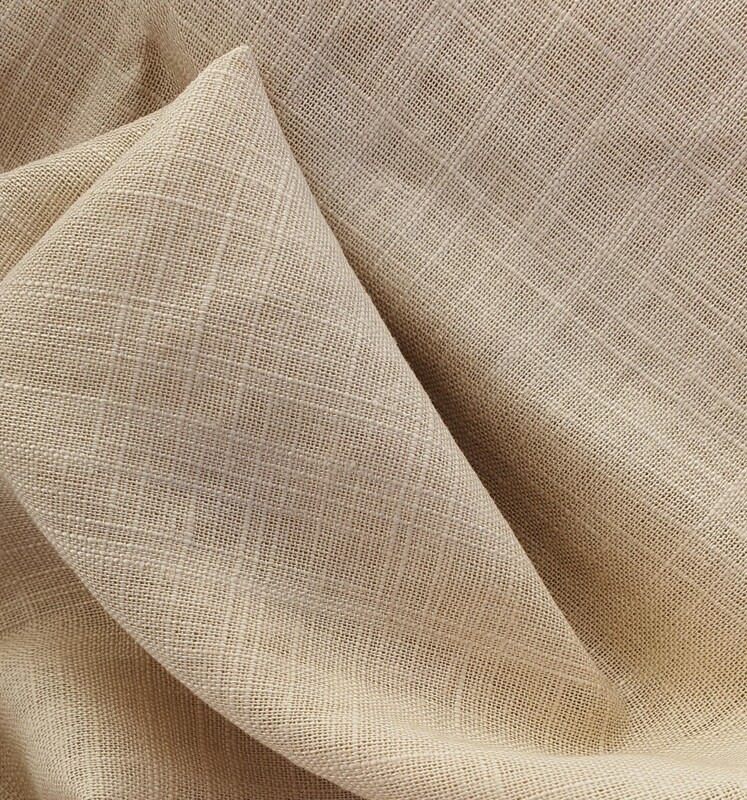
It’s important for us to be aware of the environmental impact of the fashion industry and make more sustainable choices in our shopping habits.
The Benefits of Bamboo as a Sustainable Fabric
The benefits of bamboo as a sustainable fabric are numerous.
I’ve always been conscious about the environmental impact of the fashion industry, so when I discovered bamboo clothing, I was thrilled.
Bamboo is a highly renewable resource that grows quickly, requiring no pesticides or fertilizers. It also has natural antibacterial properties, which means it doesn’t need to be treated with harsh chemicals.
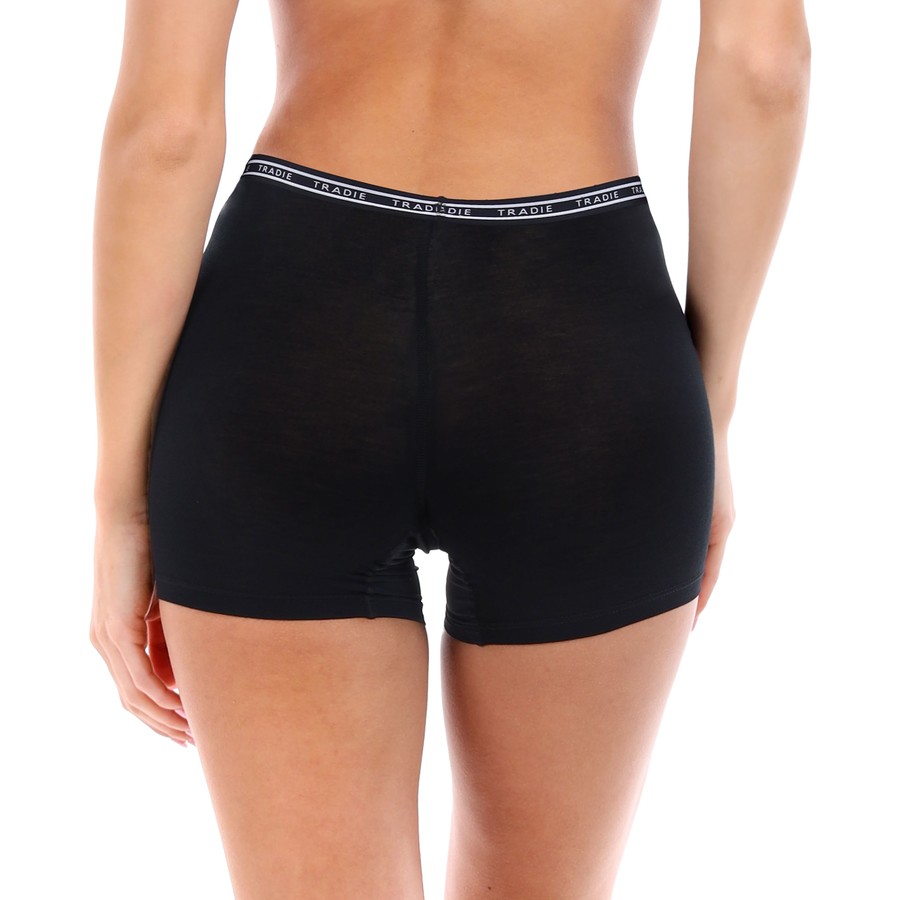
Bamboo fabric is incredibly soft and breathable, making it perfect for sensitive skin or hot climates. Another great advantage is its moisture-wicking abilities, keeping you cool and dry throughout the day.
Not to mention, bamboo clothing is durable and long-lasting, reducing the need for frequent replacements. Choosing bamboo clothing is a small but impactful step towards a more sustainable wardrobe.
Bamboo Clothing and Its Role in Waste Reduction
By opting for bamboo garments, you can contribute to minimizing waste in the fashion industry.
Bamboo clothing is a sustainable and eco-friendly choice that helps reduce the amount of waste generated by the fashion industry. Unlike synthetic fibers like polyester, which take hundreds of years to decompose, bamboo is a natural fiber that is biodegradable.
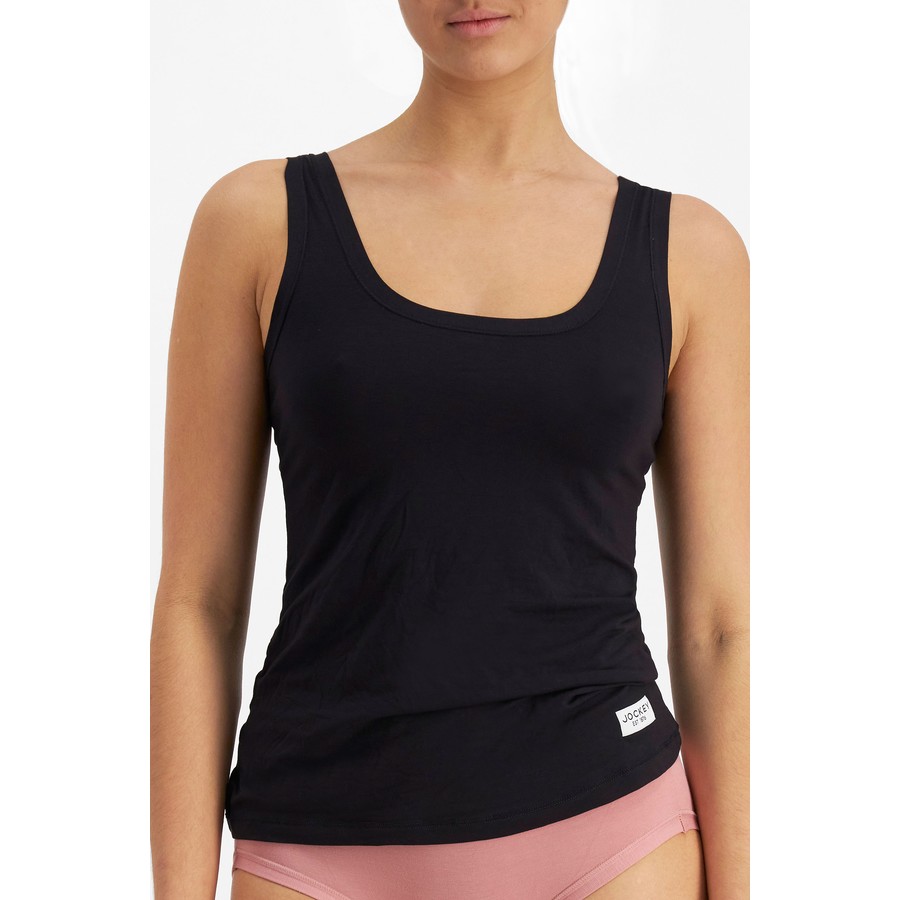
This means that when you eventually dispose of your bamboo garments, they will break down and return to the earth, without leaving behind harmful pollutants.
Additionally, bamboo can be grown without the need for pesticides or fertilizers, which further reduces the environmental impact of its production.
The Advantages of Choosing Bamboo Clothing Over Conventional Fabrics
Opting for bamboo garments offers numerous advantages over conventional fabrics. It is sustainable, eco-friendly, and biodegradable. As someone who strives to make environmentally conscious choices, I believe it is important to consider the impact of our clothing choices on the planet.
Bamboo clothing is a sustainable option. It grows rapidly and requires no pesticides or fertilizers. This reduces the amount of chemicals released into the environment compared to conventional fabric production.

Additionally, bamboo is known for its ability to absorb large amounts of carbon dioxide and release oxygen, making it an eco-friendly choice.
Furthermore, bamboo garments are biodegradable. This means they can naturally break down into the environment without causing harm.
How Bamboo Clothing Contributes to a Circular Economy
When it comes to sustainable textile alternatives, bamboo stands out as a top contender. Not only does bamboo require less water and pesticides to grow compared to cotton, but it also regenerates quickly, making it an eco-friendly choice.
In addition to its sustainability benefits, bamboo clothing also contributes to a circular economy by being biodegradable and recyclable, reducing waste and promoting a more sustainable fashion industry.

Bamboo: Sustainable Textile Alternative
Did you know that bamboo clothing is a sustainable textile alternative that can help reduce waste?
As someone who cares about the environment, I was thrilled to discover this eco-friendly option.
Bamboo is a fast-growing plant that requires no pesticides or fertilizers, making it a more sustainable choice than traditional cotton.
Not only does bamboo clothing have a smaller carbon footprint, but it also has natural antibacterial and moisture-wicking properties.

This means that bamboo clothing doesn’t retain odors and keeps you feeling fresh throughout the day.
Additionally, bamboo fabric is incredibly soft and comfortable to wear.
Circular Economy Benefits
If you’re looking for a more sustainable option, you’ll be glad to know that embracing the circular economy has numerous benefits for both individuals and the environment.
When we shift towards a circular economy, we move away from the traditional linear model of ‘take, make, dispose’ and instead focus on reducing waste and maximizing resource efficiency. This approach allows us to create a closed-loop system where products are designed to be recycled, repaired, or repurposed, rather than ending up in landfills.

By embracing the circular economy, we can minimize our environmental impact, conserve natural resources, and reduce greenhouse gas emissions. Not only does this benefit the planet, but it also presents economic opportunities by creating new jobs and stimulating innovation.
Tips for Incorporating Bamboo Clothing Into Your Conscious Wardrobe
To create a conscious wardrobe, you can easily incorporate bamboo clothing into your everyday style. Bamboo clothing is not only fashionable but also eco-friendly.
I love wearing bamboo because it is incredibly soft and comfortable against my skin. Plus, it has amazing moisture-wicking properties, keeping me cool and dry all day long. I have replaced my regular t-shirts with bamboo ones and I couldn’t be happier.
Bamboo clothing is also a great option for activewear. Whether I’m hitting the gym or going for a hike, bamboo keeps me feeling fresh and odor-free.

The best part is that bamboo is a sustainable resource, growing quickly and requiring minimal water and pesticides. By choosing bamboo clothing, I am making a conscious choice to reduce waste and protect the environment.
Frequently Asked Questions
Is Bamboo Clothing More Expensive Than Conventional Fabrics?
Bamboo clothing can be more expensive than conventional fabrics due to its sustainable production process. However, the benefits of reduced waste and environmental impact make it worth the investment for conscious consumers like me.
Can Bamboo Clothing Be Recycled?
Yes, bamboo clothing can be recycled. It is a sustainable fabric that can be broken down and transformed into new materials, reducing waste and promoting a circular economy.
How Does Bamboo Compare to Other Sustainable Fabrics Like Organic Cotton or Hemp?
When comparing sustainable fabrics like organic cotton or hemp, bamboo stands out for its versatility and eco-friendly properties. Its fast growth, low water consumption, and minimal need for pesticides make it a great choice for conscious consumers.

Are There Any Downsides or Drawbacks to Wearing Bamboo Clothing?
There are a few downsides to wearing bamboo clothing. It can be more expensive than other fabrics, and some people may find it less breathable. However, it is still a great option for reducing waste.
Are There Any Specific Care Instructions for Bamboo Clothing?
There are specific care instructions for bamboo clothing. It’s important to follow them to maintain the quality and longevity of the garments. Regular machine washing on a gentle cycle and air drying is recommended.
Conclusion
In conclusion, as a conscious consumer, I’ve realized the significant role that bamboo clothing plays in reducing waste and promoting sustainability. By choosing bamboo over conventional fabrics, I not only benefit from its advantages, such as softness and breathability, but also actively contribute to a circular economy.
Incorporating bamboo clothing into my conscious wardrobe has been a small but impactful step towards making a positive difference for the environment. I encourage others to join me in embracing this eco-friendly choice.
